Rubber Plant
- November 1, 2023
- 0 comment
The Rubber Plant, scientifically known as Ficus elastica, is a popular and hardy indoor houseplant that hails from Southeast Asia. Its distinctive, glossy, dark green leaves, which can grow quite large, make it a favorite choice for adding a touch of tropical elegance to homes and offices.


Rubber Plants are well-regarded for their air-purifying properties, helping to improve indoor air quality by filtering out common pollutants. These low-maintenance plants thrive in indirect light and prefer not to be exposed to direct sunlight, which can scorch their leaves.
They require infrequent watering and can tolerate some neglect, making them an excellent choice for beginners or busy individuals. With the right care, Rubber Plants can grow to impressive heights and add a lush and vibrant atmosphere to any indoor space.
| Characteristics | Description |
| Scientific Name | Ficus elastica |
| Common Names | Rubber Plant, Rubber Tree, Indian Rubber Plant |
| Family | Moraceae |
| Native to | Southeast Asia |
| Growth Habit | Large, upright indoor tree or shrub |
| Foliage | Glossy, dark green, oval leaves |
| Leaf Size | Typically 6-12 inches long, but can grow larger |
| Light Requirements | Indirect, bright to medium light (avoid direct sunlight) |
| Temperature Range | 65-80°F (18-27°C) |
| Humidity | Moderate to high humidity preferred |
| Watering | Allow the top 2 inches of soil to dry between waterings, water sparingly |
| Soil Type | Well-draining potting mix |
| Fertilization | Monthly during the growing season (spring and summer) |
| Pruning | Prune to shape and control growth |
| Propagation | Usually by stem cuttings or air layering |
| Toxicity | Toxic to pets if ingested |
| Maintenance Level | Low to moderate |
| Air-Purifying | Yes, it helps improve indoor air quality by removing pollutants |
| Common Pests | Mealybugs, scale insects, spider mites (occasional) |
Botanical Beauty of the Rubber Plant
The Rubber Plant, scientifically known as Ficus elastica, is not just a common household green companion; it’s a botanical beauty that enchants with its lush, glossy foliage. Native to the rainforests of Southeast Asia, this elegant species belongs to the Moraceae family and is treasured for its striking, dark green leaves. The rubber plant’s large, oval leaves, which can grow up to 12 inches long, lend a touch of natural opulence to any space it graces. Its aesthetic appeal is not just a decorative virtue; it also plays a pivotal role in the realm of ecology.

Woodland Elegance

The rubber plant’s aesthetic charm derives from its woodland elegance. The dark, shiny leaves glisten under the right lighting, casting a spell of tranquility in homes and offices. When mature, it takes on the appearance of a small tree, adding height and greenery to indoor spaces. Its strong, upright stems contribute to its elegant posture. The appeal of the rubber plant lies not only in its aesthetic allure but also in its contribution to ecological well-being.
Ecological Importance
The ecological importance of the rubber plant cannot be understated. In its native habitat, it plays a vital role in the rainforest ecosystem. The dense foliage provides shelter and nesting sites for various wildlife, from birds to insects. The plant’s large leaves also help to intercept rain, reducing soil erosion and preserving the integrity of rainforest floors. The rubber plant’s significance in maintaining biodiversity in its natural habitat highlights the need for its conservation.
Cultivation and Conservation
Cultivating the rubber plant outside its native habitat has made it a global favorite. However, this popularity has led to habitat destruction in some areas. Sustainable cultivation and conservation efforts are crucial to ensure the long-term survival of this species. When caring for rubber plants in cultivation, it is important to replicate their preferred conditions. Providing the right light, humidity, and proper watering can contribute to their well-being and longevity.

Fragrance
The rubber plant is known for more than just its appearance. When injured or pruned, it emits a milky latex sap that has a distinctive, somewhat pungent odor. While this scent is not necessarily a reason for cultivating the plant, it adds an interesting olfactory dimension to its appeal. The fragrance of the rubber plant is a reminder of its unique properties.
Soil Stabilization
In its natural habitat, the rubber plant’s extensive root system helps stabilize the soil, reducing the risk of landslides and erosion. This is an essential function in rainforests where heavy rainfall is common. The roots of the rubber plant also contribute to the overall health of the forest ecosystem by facilitating nutrient cycling and supporting mycorrhizal associations.

Common Uses

Beyond being a cherished houseplant, the rubber plant has a range of practical uses. Historically, the latex extracted from this plant was used in the production of rubber, but this practice has largely been replaced by more efficient sources. In some cultures, the rubber plant is considered a symbol of good luck and is often placed near entrances to homes. Its attractive foliage and air-purifying qualities make it a popular choice for interior decoration.
Benefits
The rubber plant offers numerous benefits to those who invite it into their homes. Its air-purifying properties help remove common indoor pollutants, creating a healthier living environment. Its low-maintenance nature and tolerance for occasional neglect make it an ideal choice for both seasoned and novice gardeners. The aesthetic appeal and soothing presence of the rubber plant provide a sense of calm and tranquility, making it a prized addition to any space.
Different Species
Ficus elastica
This is the most common species known as the Rubber Plant or Rubber Tree. It has large, glossy, dark green leaves and is a popular indoor houseplant.

Ficus benjamina
While not commonly referred to as a Rubber Plant, the Weeping Fig, or Ficus benjamina, is a member of the Ficus family and has similar care requirements. It has slender, drooping branches with small, pointed leaves.

Peperomia obtusifolia
The Baby Rubber Plant, or Peperomia obtusifolia, is a different plant altogether but is sometimes called a “Rubber Plant” due to its thick, succulent-like leaves. It’s a smaller houseplant with attractive foliage.

Hevea brasiliensis
The Pará Rubber Tree, or Hevea brasiliensis, is the primary source of natural rubber latex. While not typically grown as a houseplant, it is the plant responsible for the rubber used in various industrial applications.

Calathea zebrina
The Zebra Plant, or Calathea zebrina, is a decorative houseplant known for its striped leaves. Although it’s not a rubber plant, it may occasionally be confused due to its unique foliage.

Frequently Asked Questions (FAQs)
- How often should I water my Rubber Plant?
Rubber plants prefer to dry out partially between waterings. Water when the top 2 inches of soil are dry, usually every 1-2 weeks. - What kind of light does a Rubber Plant need?
Rubber plants thrive in bright, indirect light. Avoid direct sunlight, which can scorch their leaves. - How can I increase humidity for my Rubber Plant?
You can boost humidity by misting the plant, using a humidity tray, or placing a humidifier nearby. - How do I prune a Rubber Plant?
Prune to shape and control growth. Trim back overgrown branches and remove dead or yellowing leaves. - What should I do if my Rubber Plant’s leaves are turning yellow?
Yellow leaves can result from overwatering, underwatering, or inadequate light. Adjust your care routine accordingly. - Is the Rubber Plant toxic to pets?
Yes, Rubber Plants are toxic to cats and dogs if ingested. Keep them out of reach of pets. - Can I propagate my Rubber Plant?
Yes, you can propagate a Rubber Plant from stem cuttings or by air layering. Cuttings can be rooted in water or soil. - How can I fertilize my Rubber Plant?
Feed your Rubber Plant with a balanced liquid fertilizer during the growing season (spring and summer), usually once a month. - Why are the leaves of my Rubber Plant drooping?
Drooping leaves can indicate overwatering, underwatering, or poor drainage. Adjust your watering routine and ensure proper drainage. - How can I make my Rubber Plant grow taller?
To encourage vertical growth, provide sufficient indirect light, maintain consistent care, and consider staking for support. - What is the ideal temperature range for a Rubber Plant?
Rubber Plants thrive at temperatures between 65-80°F (18-27°C). Avoid exposing them to drafts or extreme temperature fluctuations. - Can I repot my Rubber Plant, and how often should I do it?
Repot your Rubber Plant when it becomes root-bound or outgrows its pot, typically every 2-3 years in the spring. - How do I get rid of pests on my Rubber Plant?
Common pests include mealybugs, scale insects, and spider mites. Use insecticidal soap or neem oil to control infestations.



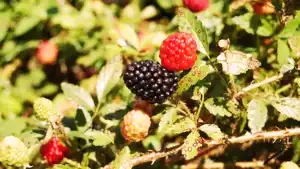
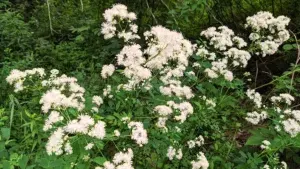
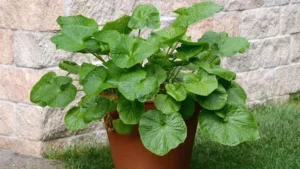

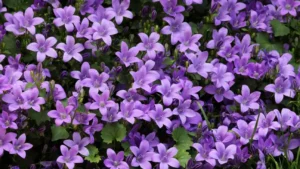
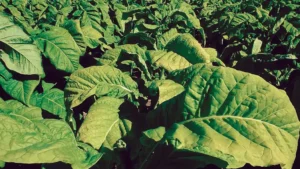

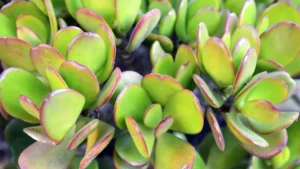

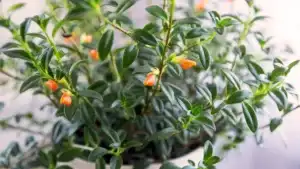
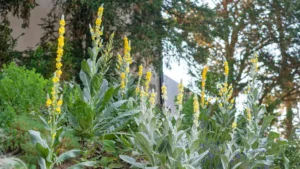
Leave your comment